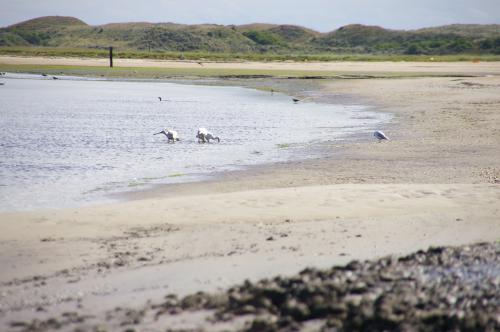Go in search of the great white spoonbill
In the 1970s, the Netherlands had only 170 breeding pairs, but due to intensive protection, there are now several thousand. In the fall, they fly along the West African coast to their winter destination. They then stay in an area in Mauritania that is quite similar to the Wadden area. Young spoonbills remain there after their first winter and only fly to the Netherlands in their second year to breed.

